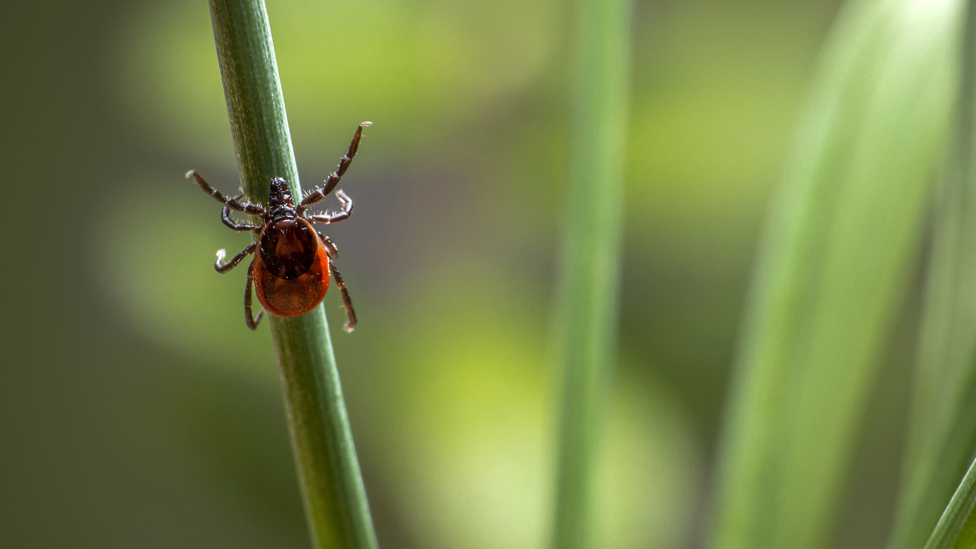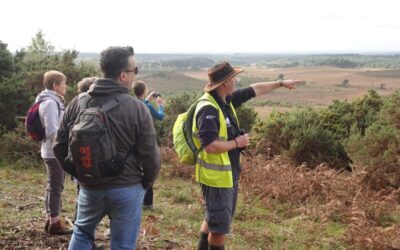Ticks are found in wooded and grassy areas of the New Forest and are most prevalent in the late spring and summer.
The tiny insects feed on the blood of passing animals, including humans, and can sometimes cause conditions such as Lyme disease.
Their bites are normally painless, so can easily be missed.
It is important to reduce the risk of getting a tick bite when outdoors and know how to safely remove an attached tick.
Tips to reduce the risk of infection from ticks:
- keep to footpaths and avoid long grass, wooded or overgrown areas when out walking
- wear appropriate clothing in tick-infested areas – a long-sleeved shirt and trousers tucked into socks
- wear light-coloured fabrics that may help you spot a tick on your clothes
- use insect repellent on exposed skin
- inspect your skin for ticks, particularly at the end of the day, including your head, neck and skin folds (armpits, groin, and waistband) – remove any ticks you find promptly
- check children’s head and neck areas, including their scalp
- make sure ticks are not brought home on your clothes
- check if pets have picked up any ticks in their fur
- carry a tick removal tool with you at all times.
Consult your GP if you’ve been bitten by a tick or visited an area where ticks are present within the past three months and are experiencing flu-like symptoms or a spreading round or oval rash.
The rash can appear up to 3 months after being bitten by an infected tick, but usually appears within 1 to 4 weeks. It can last for several weeks.
Source: Lyme Disease UK, New Forest National Park Authority



